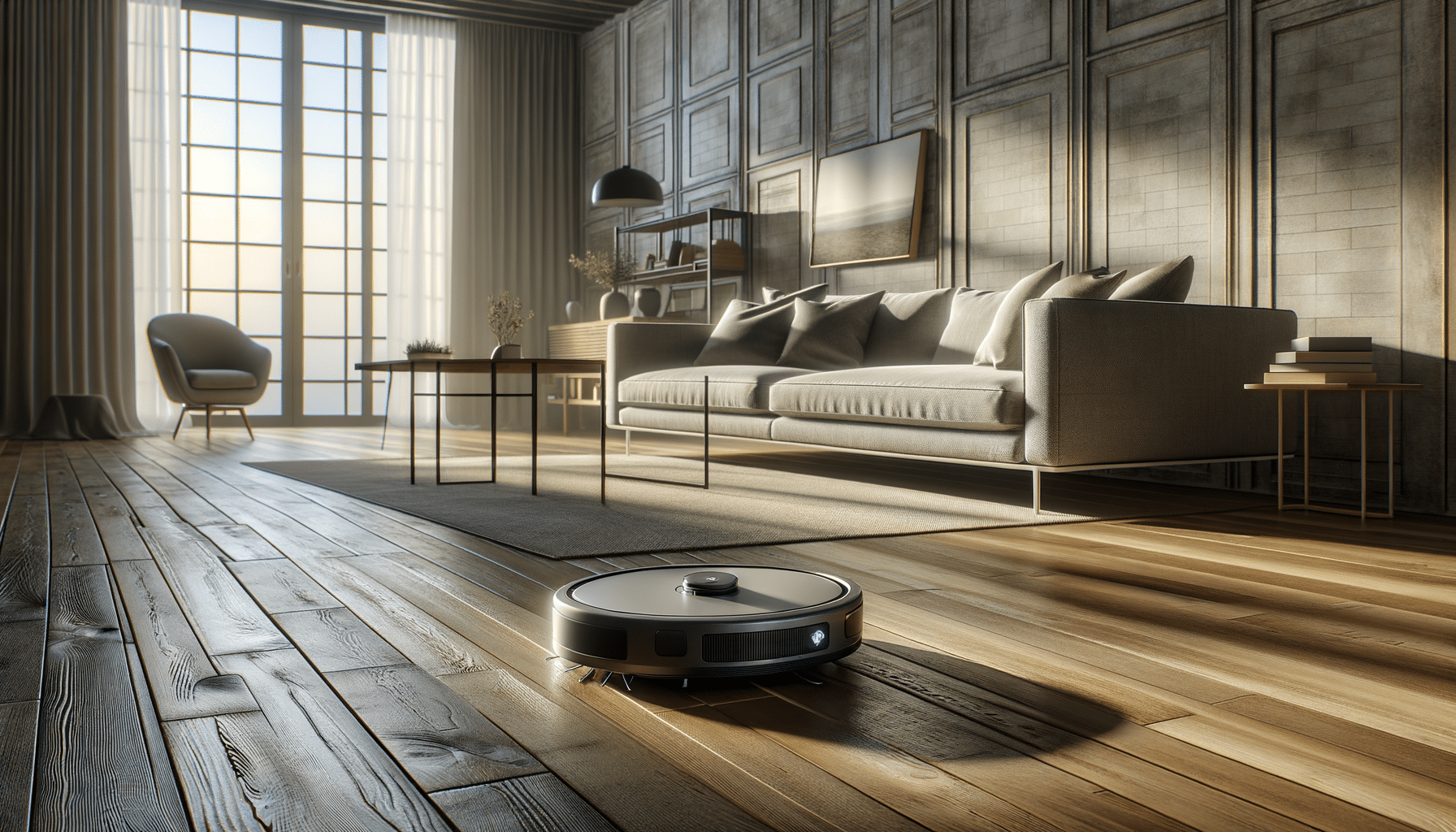
Learn More About Sensor Night Lights
Introduction to Sensor Night Lights
Sensor night lights have become an essential addition to modern homes, offering convenience, energy efficiency, and enhanced safety. These lights illuminate spaces only when needed, thanks to their motion and light sensors. This feature ensures that you don’t have to fumble in the dark or leave lights on unnecessarily, making them a practical choice for both residential and commercial settings. With their growing popularity, it’s essential to understand the various aspects of sensor night lights and how they can benefit you.
How Sensor Night Lights Work
The primary function of sensor night lights is to provide illumination in response to specific stimuli. These lights are equipped with sensors that detect motion or changes in light levels. When movement is detected or when ambient light falls below a certain threshold, the light automatically turns on. This automation is particularly useful in areas like hallways, bathrooms, and bedrooms, where you might need quick access to light without having to search for a switch.
Types of sensors used in these lights include:
- Motion Sensors: These sensors detect movement within a certain range, usually between 5 to 20 feet. They are ideal for areas where foot traffic is common.
- Light Sensors: Also known as photocells, these sensors measure the level of ambient light and activate the night light when it gets dark.
By combining these sensors, sensor night lights ensure that they only operate when necessary, conserving energy and extending the life of the bulb.
Benefits of Using Sensor Night Lights
Sensor night lights offer numerous advantages that make them a worthwhile investment for any home or office. Here are some key benefits:
- Energy Efficiency: Since they only turn on when needed, sensor night lights consume less electricity compared to traditional lights that might be left on all night.
- Enhanced Safety: By automatically illuminating pathways, these lights can prevent accidents, especially in homes with children or elderly individuals who might be prone to falls.
- Convenience: There’s no need to search for a light switch in the dark, as these lights activate automatically.
- Cost Savings: Reduced energy consumption translates to lower utility bills, while the longevity of LED bulbs used in most sensor night lights means fewer replacements.
These benefits make sensor night lights a practical solution for modern living, aligning with sustainable practices and improving overall quality of life.
Choosing the Right Sensor Night Light
When selecting a sensor night light, there are several factors to consider to ensure you get the most suitable option for your needs. Here are some tips to guide your decision:
- Location: Determine where you need the light most. Bedrooms, hallways, and bathrooms are common choices for sensor night lights.
- Sensor Type: Decide between motion sensors, light sensors, or a combination of both based on the intended use.
- Power Source: Sensor night lights can be battery-operated, plug-in, or hardwired. Choose the one that best fits your installation preferences and energy needs.
- Design and Brightness: Consider the aesthetic appeal and brightness level suitable for the space. Some lights offer adjustable brightness settings for added versatility.
By taking these factors into account, you can select a sensor night light that meets your specific requirements and enhances your living environment.
Innovations and Trends in Sensor Night Lights
The world of sensor night lights is continually evolving, with new technologies and designs emerging to meet consumer demands. Some of the latest trends include:
- Smart Home Integration: Many sensor night lights can now be integrated with smart home systems, allowing for remote control and customization via smartphone apps.
- Eco-Friendly Materials: Manufacturers are increasingly using sustainable materials and energy-efficient LED technology to create environmentally friendly products.
- Decorative Designs: Sensor night lights are available in a variety of designs, from minimalist to ornate, catering to different aesthetic preferences.
- Advanced Sensor Technology: Improvements in sensor accuracy and range ensure that lights respond more effectively to movement and light changes.
These innovations highlight the versatility and adaptability of sensor night lights, making them a forward-thinking choice for modern homes and offices.
Conclusion: Embracing the Future of Lighting
Sensor night lights represent a significant advancement in lighting technology, offering numerous benefits that cater to modern lifestyles. Their ability to provide convenience, safety, and energy efficiency makes them an essential addition to any space. As technology continues to advance, we can expect sensor night lights to become even more integrated into our daily lives, offering smarter and more sustainable lighting solutions. Whether you’re looking to enhance the safety of your home or reduce your carbon footprint, sensor night lights are a practical and forward-thinking choice.


